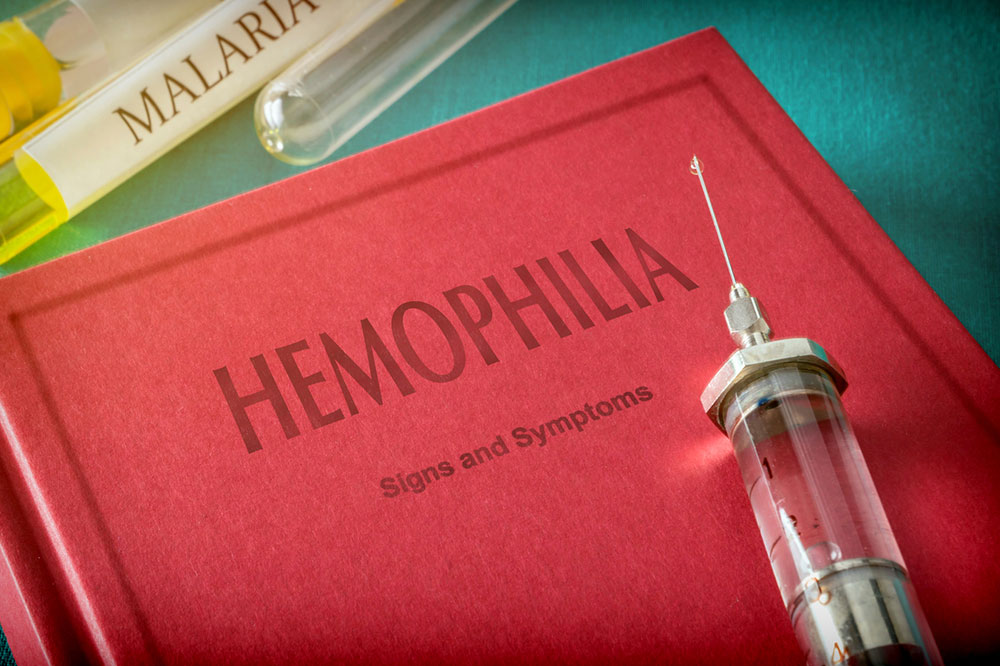
Factors That can Raise the Risk of Hemophilia
Hemophilia is caused by a lack of clotting factors VIII and IX, which are essential for the blood to clot normally in order to control bleeding. Though there are several types of hemophilia, most of them are inherited. Acquired hemophilia is quite rare, and can develop later in life when a person’s immune system attacks clotting factors in the blood. Given below are the risk factors for hemophilia that one must know.
Risk factors for inherited hemophilia
The two major forms of inherited hemophilia are hemophilia A and hemophilia B. Males are at greater risk of developing the disorder, while females are usually carriers of the disease. Hemophilia A is caused due to mutations in the gene coding for factor VIII while hemophilia B is caused by mutations in the gene coding for factor IX. Hemophilia C is caused by a deficiency of clotting factor XI and is a rare genetic disorder that affects both genders equally.
Some of the common risk factors for hemophilia are:
- Family history: A history of hemophilia is one of the major risk factors of this condition. Most of the cases are congenital, which means the person has inherited from one or both parents.
- Male sex: Hemophilia occurs mostly in males and is passed from mother to son. When factor VIII is missing in the X chromosome of a male, he will have this bleeding disorder. As females have 2 X chromosomes, the defective gene is not dominant, and even if it is inherited, the person ends up becoming a carrier. They do not experience any signs or symptoms of hemophilia.
Risk factors for acquired hemophilia
Acquired hemophilia is a rare form of the disorder, but is potentially life-threatening and occurs when individuals without any history of bleeding develop antibodies against the clotting factor VIII. It mostly occurs in the elderly and can affect both men and women. In most cases of acquired hemophilia, there is an associated condition such as:
Pregnancy: The bleeding disorder mainly occurs in women during the postpartum period, usually from three months to a year after pregnancy. This pregnancy-related acquired hemophilia develops in women with no family history of abnormal bleeding.
Autoimmune conditions: In autoimmune conditions, the body produces inhibitors that attack clotting factors, mostly factor VIII. These conditions may be:
- Blood cancer
- Multiple sclerosis
- Rheumatoid arthritis
- Diabetes
- Inflammatory bowel disease
- Infections such as hepatitis and AIDS
- Certain drugs
- Dermatological conditions such as psoriasis
- Malignancy such as solid tumors, lymphatic leukemia
Having the knowledge of these risk factors will help in recognizing the symptoms, and proper diagnosis and treatment can thus be undertaken at the earliest.



